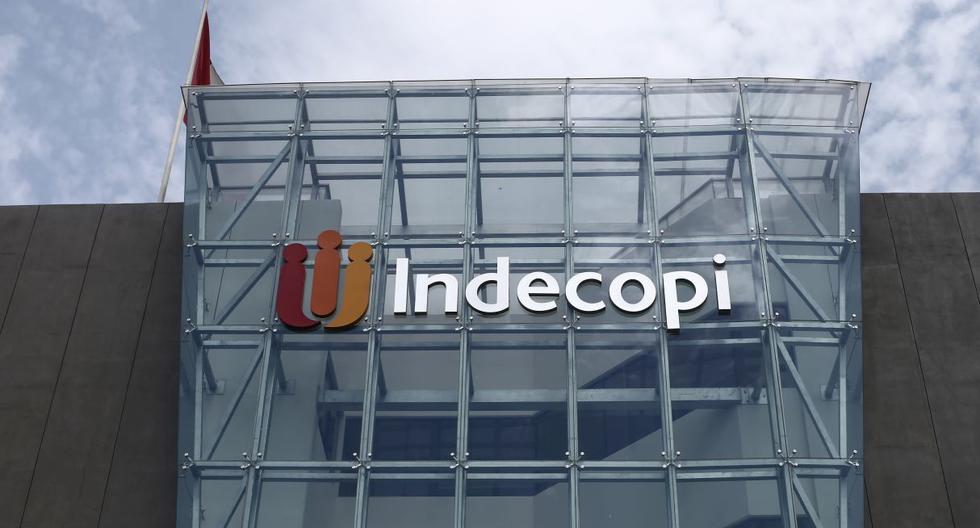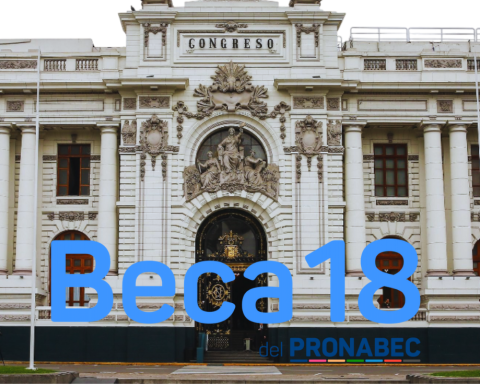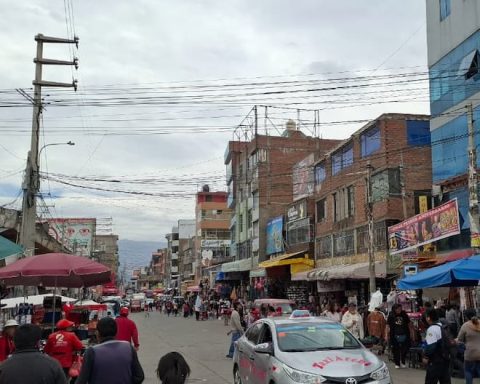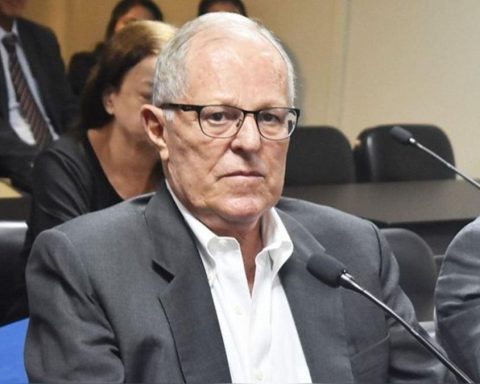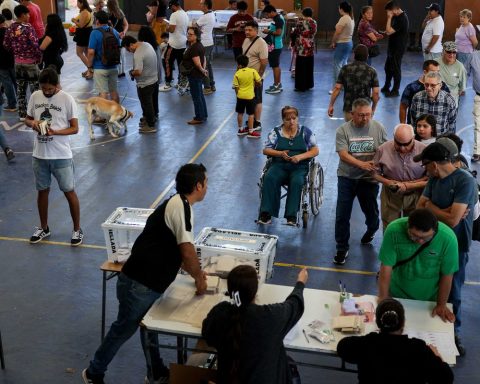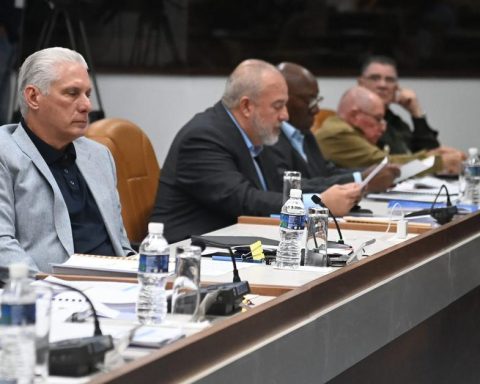During the last few days, the word “misleading advertising” has constantly sounded in the media, social networks and ordinary people, because Latina allegedly committed this act for not broadcasting all the matches of the Qatar 2022 World Cup. In this note we tell you everything about this type of broadcast that affects directly to consumers.
For Pierino Stucchi López, director of the Faculty of Law and Social Sciences of the ESAN University, misleading or false advertising is one that in any way leads to error.
“Misleading advertising is any public communication, disseminated massively, directed to the public that is capable of misleading people about the characteristics, conditions and scope of a good and service.“, he claimed.
Faced with the situation, the professor pointed out that the objective of the National Institute for the Defense of Competition and the Protection of Intellectual Property is not to apply sanctions, but to contribute to the correction of conduct.
“The purpose of Indecopi is not to penalize companies, it is to correct behaviors so that people and society have well-being”, added the specialist.
For his part, Abelardo Aramayo, technical secretary of Indecopi’s Commission for the Control of Unfair Competition, pointed out the factors that must be taken into account to determine what is misleading advertising.
“Advertising must be analyzed superficially and comprehensively, messages must not be analyzed in isolation, but rather all the segments that make up advertising. Putting ourselves in the shoes of the consumer, we have to evaluate whether the information provided to people is consistent with reality or not”, said the executive.
What are the most outstanding cases of misleading advertising?
As the years passed, Peruvian consumers have witnessed various types of advertising in which the benefits of certain products that were not fully complied with were implied. or promotions of a certain service that did not come to fruition in the promoted way.
“We have had very famous cases of mobile telephony that implied supposed offers that were not fulfilled in reality or also cases of discounts that were not the promotion as such. In all areas we have a wide range of cases of misleading advertising”, Aramayo narrowed.
Clorox Peru
In November 2020, Indecopi’s specialized competition defense chamber (SDC) confirmed that it found Clorox Peru SA responsible for disseminating an advertising campaign for its product “Clorox Supreme White Stain Remover”, which misled consumers regarding the properties of the product.
The advertising campaign spread the message that the product “Clorox Supreme White Stain Remover” could be applied to “all kinds of white fabrics”. However, the instructions for use of the product indicated that it could not be used on woolen and silk garments.
Given this, the penalty imposed in the first instance was 30 Tax Units (UIT), equivalent to S/ 129,000.
Gloria and Nestle
At the beginning of 2018, the Specialized Chamber for the Defense of Competition (SDC) of the Indecopi sanctioned Leche Gloria and Nestlé Peru in second instance for misleading advertising. Through a statement, the regulatory body reported that both companies advertised three dairy products in various media (packaging, television and website) as if they were made from cow’s milk, despite the fact that this was not true.
In the case of milk glory, the advertising of the products “Pura Vida Nutrimax” and “Gloria Bonlé Leche Evaporada” was evaluated; while in the case of Nestlé, the sanction imposed was for the advertising on the packaging of the “Reina del Campo” product.
In these advertisements, the presence of advertising elements that conveyed the message that the products in question would be cow’s milk was verified: the image of a cow in the field, the presence of glasses or pitchers with white liquids, the mention of the term ” milk”, among others.
After the investigations and respective analysis, it was determined that the advertised products could not be advertised as if they were milk, because they contained non-dairy ingredients that totally or partially substituted some of their dairy components, thus committing acts of deception.
In view of this, both companies were ordered to definitively and immediately cease the dissemination of advertising and a fine of S/ 2,982,000 was imposed on the Gloria company for two cases; while Nestlé was S/ 1,280,538.
Movistar
Likewise, in January 2017, Indecopi’s Specialized Chamber for the Defense of Competition confirmed, in second administrative instance, that the company Movistar engaged in misleading advertising by disseminating commercial promotions that misled consumers and omitted information required by law.
According to the investigation carried out by the Commission for the Control of Unfair Competition, the telephone company broadcast a television advertisement in which it disclosed the promotion called “Get the 16 GB iPhone 6 Plus for free by handing in your iPhone 5S”; however, in the aforementioned advertising piece, the conditions and restrictions of access to said promotion were not clearly, prominently and noticeably stated. In view of this, the penalty imposed on the Movistar company was 10 UIT.
Claro Peru
In the same year, 2017, the investigation of the Commission for the Control of Unfair Competition indicated that the company Of course spread publicity through printed graphic pieces and on its website, affirming the message “Talk free for life to 2 Claro mobiles”; mistakenly implying to users that they could talk at no cost for as long as they wanted, as long as the user remains affiliated with the company’s active phone line.
However, in the additional information that was indicated at the bottom of the infringing advertising pieces and, in smaller letters, it was indicated that this benefit only applied to the first three minutes of the call; after that, an amount of S/ 0.35 per minute would be charged, which was contradictory to the main message of the advertisements.
The sanction imposed at that time was 149.49 UIT.
Latin Case
Currently the most notorious case and under analysis is that of the television channel, latin, who would have incurred in alleged misleading advertising by not specifying that not all the matches of the Qatar 2022 World Cup could be seen “live”. Likewise, it is added that it would not be the only official transmission channel for sporting events, as they advertised.
For this reason, Indecopi’s Commission for the Control of Unfair Competition imposed a precautionary measure and ordered the media to “immediately and preventatively cease” advertising related to the Qatar 2022 World Cup.
“Based on an evaluation of the advertising issued to consumers in different media and the verification of the characteristics of the service provided, it was considered necessary to initiate a sanctioning administrative procedure and the commission also considered safeguarding the right to information of consumers imposing a precautionary measure”, expressed the technical secretary of the CCD.
:quality(75)/cloudfront-us-east-1.images.arcpublishing.com/elcomercio/IZLDWMNVFZCCFOAPALHETKHRDI.jpg)
What sanctions can Indecopi carry out?
In reference to the sanctions carried out by the regulatory body against companies that disseminate misleading advertising, the technical secretary indicated that the sanction can vary from a reprimand to a fine.
Along these lines, it is important to mention that, upon detection of the dissemination of illegal advertising, the CCD is empowered to impose a fine of up to 700 UIT (tax tax units), equivalent to S/ 3,220,000.
The specialist also mentioned that corrective measures can be ordered, such as the cessation of infringing advertising. Similarly, he commented that precautionary measures can be ordered at the beginning of a sanctioning administrative procedure.
How to report if possible misleading advertising is detected?
Pierino Stucchi López stressed that the consumer at the time of purchasing a product or service has the right to receive what is reasonably due for what has been paid, but when this is not the case, the consumer can file a complaint with the regulatory body
“If the consumer is legitimately disappointed in their expectations in that consumer relationship, they can file a complaint with Indecopi to correct the situation, return the money or the company that does not give what corresponds, provide what they has forced”, specified the director of the Faculty of Law and Social Sciences of the ESAN University
In view of this, if a person detects possible misleading advertising, they can inform the CCD, free of charge, of alleged violations of the Law for the Repression of Unfair Competition, consigning the evidence or indications they could find.
The indecopi makes available, your Web page Y phone lines 224-7777 for Lima and the 0-800-4-4040 for regions.
RECOMMENDED VIDEOS
:quality(75)/cdn.jwplayer.com/v2/media/YErWTZbV/poster.jpg)
